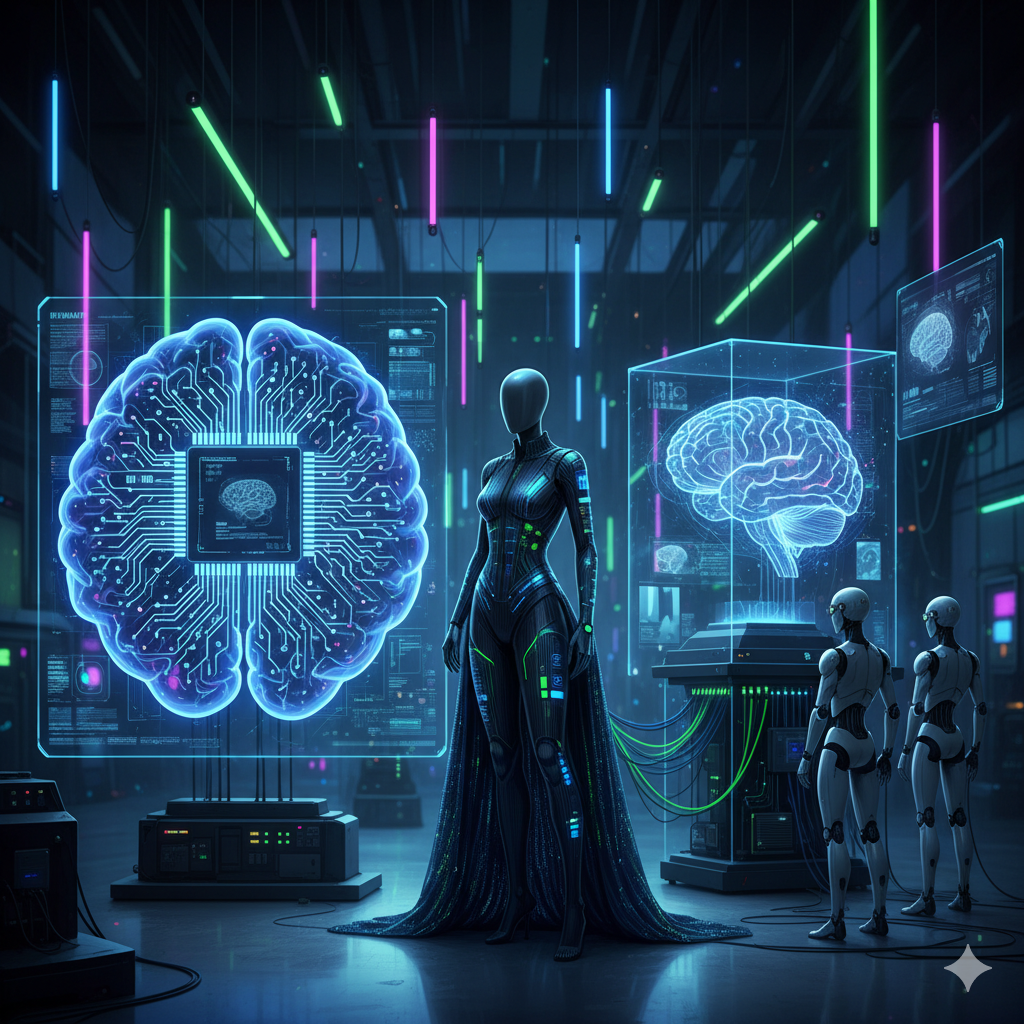Introduction
Tech isn’t just about software and apps—it’s also about the hardware that makes everything work. Right now, engineers are creating cool new types of hardware that go beyond regular computers and gadgets. Three of the most exciting developments are:
- Neuromorphic Computing – computer chips that function like the human brain.
- E-Textiles – clever fabrics with tech built right in.
- Brain-Inspired Systems – machines designed to learn and think more like people.
Let’s break these down in simple terms.
🧠 Neuromorphic Computing – Computers That Think Like Brains
Regular computers handle data in a step-by-step manner similar to following a cooking recipe. In contrast neuromorphic computing aims to copy the way the human brain operates.
- How It Works: These unique chips contain “artificial neurons” and “synapses” that send signals much like our brain cells do.
- Why It’s Useful:
- Consumes less power.
- Picks up new skills and reaches conclusions quicker.
- Fits for robotics, cars that drive themselves, and clever gadgets.
- Examples: Intel has created the Loihi chip while IBM has developed TrueNorth.
Picture this: a computer that doesn’t just follow orders but learns and adjusts—like a small brain inside a chip.
👕 E-Textiles – Smart Clothes
E-Textiles (electronic textiles) are clothes with small electronic components like sensors, batteries, or circuits woven in. They look and feel normal but can do incredible things.
- What They Can Do:
- Keep tabs on your heart rate, body temp, or how you’re sitting.
- Hook up to your phone or other gadgets.
- Glow or switch colors for style or to keep you safe.
- Where They’re Used:
- Sports clothes to check on athletes.
- Army outfits with built-in ways to talk.
- Hospital gowns to keep an eye on how patients are doing.
Picture yourself in a T-shirt that works like a fitness gadget without needing a fancy watch or a band around your chest.
🧬 Brain-Like Systems – Machines That Pick Up Things
Brain-inspired systems go beyond chips. They aim to build machines that learn and adapt like people do. These systems combine hardware and software to mimic how the brain handles information.
- Why It’s Important:
- Robots get smarter and can decide things on their own.
- Healthcare tools learn from patients to offer better support.
- Brain-computer links allow people to control devices with their thoughts.
- Examples:
- Spiking Neural Networks (SNNs) – AI models that function like brain signals.
- Brain-Computer Interfaces (BCIs) – tech that links the brain to computers.
This resembles providing machines with the capacity to reason to humans rather than following instructions.
🌍 The Future of Emerging Hardware
These three technologies are shaping the future of how we interact with technology:
- Computers might soon have chips that work like brains to make quicker more intelligent decisions.
- Clothes could transform into tech-enhanced gear keeping tabs on health or enhancing performance.
- Robots and AI systems could soon reason and adjust in ways similar to humans.
The gap between humans, machines, and what we wear continues to shrink .
📌 Conclusion
New hardware like Neuromorphic Computing E-Textiles, and Brain-Inspired Systems is paving the way for tech that feels more intuitive, tailored, and lifelike. The potential ranges from chips that mimic brain function to smart clothing that keeps tabs on your health. The sky’s the limit for these innovations.
